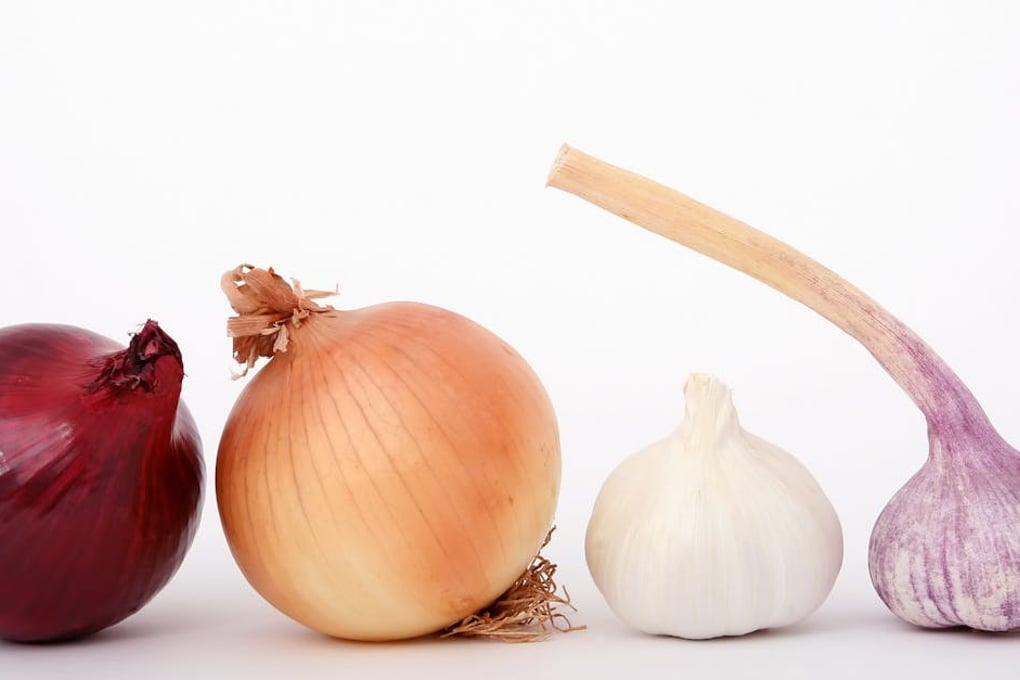“Don’t forget to caramelize the onions!”
As the holidays approach, I can hear my mom’s voice echoing in my head. “Come downstairs! I need you to caramelize the onions!” In this case, it’s almost Thanksgiving and she is referring to the stuffing. It is always my job to caramelize the onions first, before any of the other ingredients can be added. That’s because the caramelized onions provide the base for all that rich, nuanced flavor we have come to know and crave in our savory dishes.
You’ve probably seen the ingredient “caramelized onion” listed on quite a few menus lately. But this isn’t just some new foodie craze. It turns out that chefs have been cooking with this flavor powerhouse for over 8,000 years. The oniony gastronomic trend first appeared in the broths of Ancient Rome. And by the 18th century, the caramelized onion had fully staked its claim as a culinary staple through the advent of French Onion Soup.
So why are onions so great, anyway?
There certainly seems to be a lot of hype over a food that makes you cry when you slice it. Well, if you’ve ever wondered what made that sauce so flavorful or your burger so delicious and juicy, or what gave a simple veggie stir-fry that extra oomph, chances are you’ve thought about umami. I see you, West-Coasters, and no, I’m not talking about the gourmet burger bar (although they have made pretty great use of the onion’s umami flavor bomb.)
What exactly is umami?
Umami has only recently come to be known as the fifth basic taste, alongside those tastes that probably sound more familiar: sweet, bitter, sour, and salty. Discovered by the Japanese scientist Kikunae Ikeda in 1908, umami was first pinpointed as the flavor created when kombu, a form of Japanese seaweed, is used to make a dashi, or soup stock.
The term can be can be translated to mean, more or less, “savory deliciousness.” As the concept of umami becomes more and more popular, Western chefs have found different methods for extracting this new taste-upping super hero. Odds are, your encounters with umami today have been coming by way of the humble onion. Well, maybe the humble onion plus a little oil and a whole lot of heat.
That’s right… the Romans, the French, and my mother were onto something. “Caramelize the onions!” may very well be on its way to becoming an age-old culinary adage.

Once you learn how to caramelize an onion, you unlock a whole new world of culinary potential. There are an almost infinite number of things you can do with a caramelized onion that will make even the most basic recipe totally drool-worthy. Add them to scrambled eggs or frittatas, grill them in between thick slices of sourdough bread and your favorite cheese for an ooey-gooey sandwich, or simply toss them into your next batch of spaghetti sauce to make pasta night all the more scrumptious. However you choose to incorporate them, once you decide to caramelize the onions in your life, you’ll be well on your way to becoming your own Master Chef in no time.
Want more umami? Check out:
– How to Make Sure You Experience Umami, the Fifth Basic Taste
– If You Like Umami, You Will Love This Vegan Mushroom Gravy


